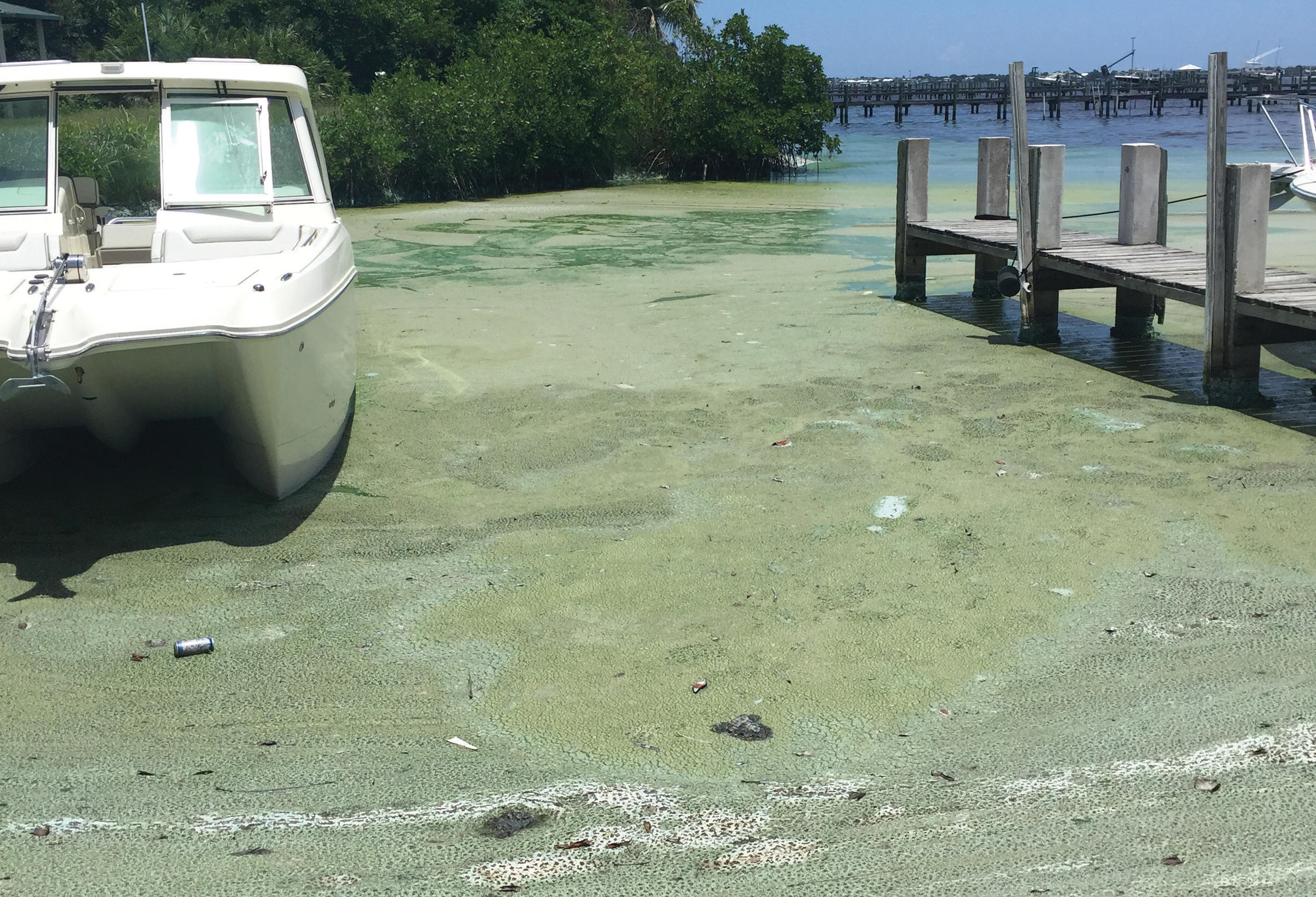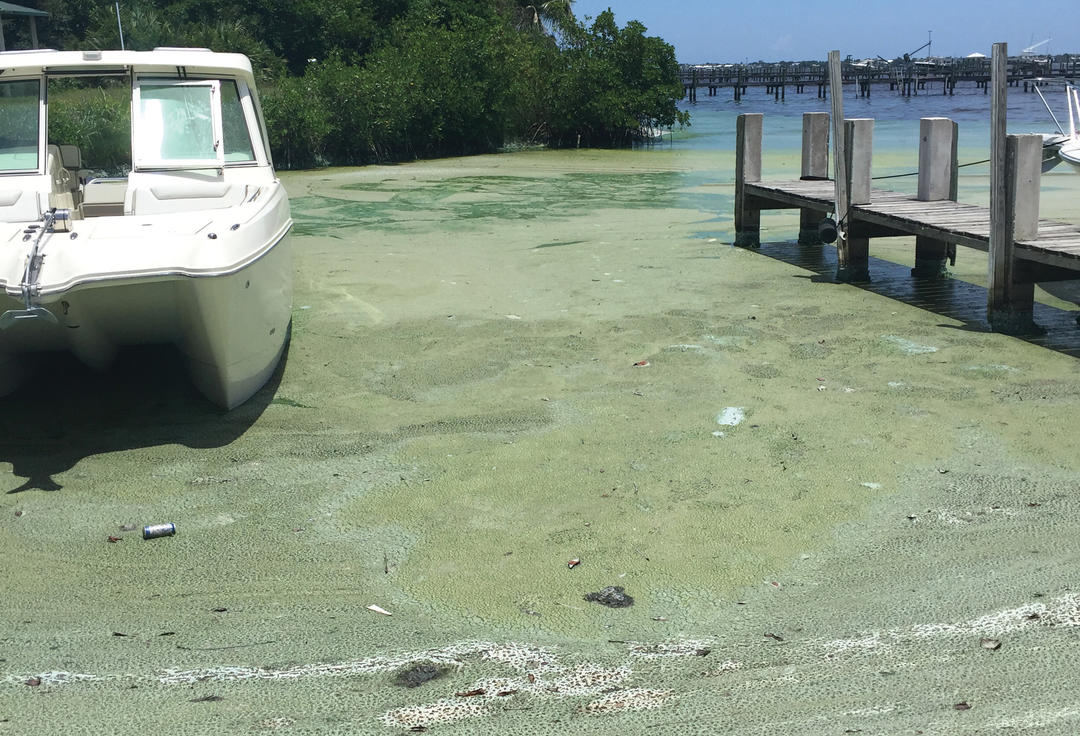Last summer’s double-whammy of blue-green algae and red tide catapulted water management to the top of Floridians’ concerns. Governor Ron DeSantis made a historic commitment to Florida’s environment by signing a sweeping executive order (19-12) on his second day in office to address the water quality issues that culminated in last summer’s harmful algal blooms. A core piece of that executive order affirmed that science would continue to guide Florida’s restoration efforts: the Chief Science Officer and the Blue-Green Algae Task Force, two new initiatives in the Governor’s “Bold Vision” would lead the way to resolving our water quality woes.
What is the Blue-Green Algae Task Force?
The Blue-Green Algae Task Force is made up of scientists and researchers from around the state and charged with making recommendations to clean up Florida’s lakes and rivers. Members of this highly qualified group include Florida’s Chief Science Officer Dr. Tom Frazer, Dr. Wendy Graham from the University of Florida, Dr. Michael Parsons from Florida Gulf Coast University, Dr. Evelyn Gaiser from Florida International University, Dr. James Sullivan from Florida Atlantic University, and Dr. Valerie Paul from the Smithsonian Marine Station at Fort Pierce.
What will the Task Force Do?
Tasked with recommending solutions for blue-green algae blooms like that suffered by Lake Okeechobee and its estuaries in 2018, the BGATF will prioritize projects that target sources contributing to nutrient pollution in our waterways.
There is no single culprit in this war against nutrient pollution; rather, stormwater run-off, agricultural and urban fertilizer, as well as septic tanks are all sources that must be addressed.
Task Force Progress To-Date
The task force has met twice since its inception in May 2019; the first meeting in June provided the members with an overview of the state’s water regulatory and restoration programs, while the second meeting, held in July, focused on the restoration plan for Lake Okeechobee. The state’s restoration plan, in addition to implementing nutrient reducing projects, works through existing state and municipal regulatory programs to achieve restoration. The task force now has the difficult job of evaluating information and working up recommendations.
“The causes of our blue-green algae problems are well understood. At this point, we need folks who are going to scour the science, look at our regulatory structure, and draft a bold prescription for how to get us out of the problems we are facing right now.”
- Julie Wraithmell, Audubon Florida Executive Director
Audubon Engages with Task Force
From Audubon’s Dr. Paul Gray participating in Governor DeSantis’ announcement of the task force members to Julie Wraithmell testifying at their first official meeting, to Policy Director Beth Alvi meeting with each Task Force member, Audubon is making the most of this important opportunity. Restoring Florida’s waters safeguards our economy and way of life.
Many committees have been appointed before to ponder the fortunes of Florida’s waterways. For the first time, this task force has the unanimous credibility of scientist members and the authority of the state’s chief executive to make strong recommendations.
Audubon is urging the task force to be bold and be prescriptive. The causes of and solutions to Florida’s water woes are complex but understood. Prescriptions from the task force should be clear and actionable directions to key actors including the Legislature; the departments of Environmental Protection, Health, and Agriculture and Consumer Services; and Florida’s water management districts among others. For gaps in science that have been identified, additional monitoring should be proposed, but the time for action is now.





